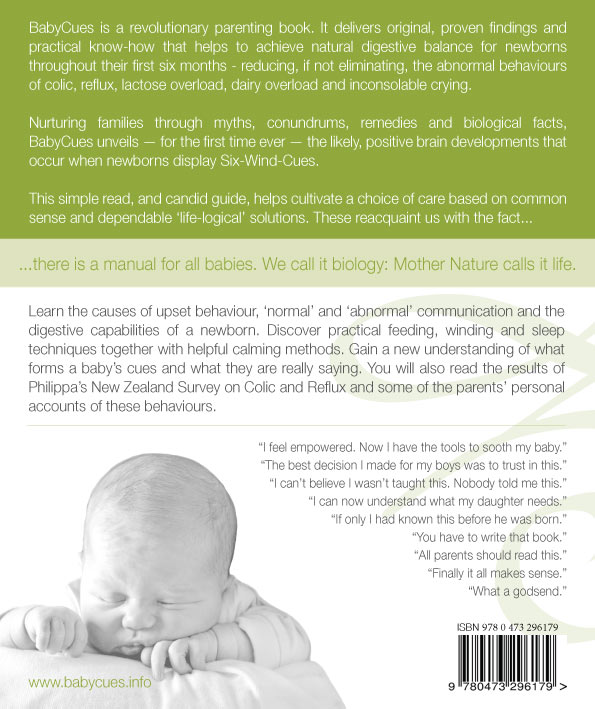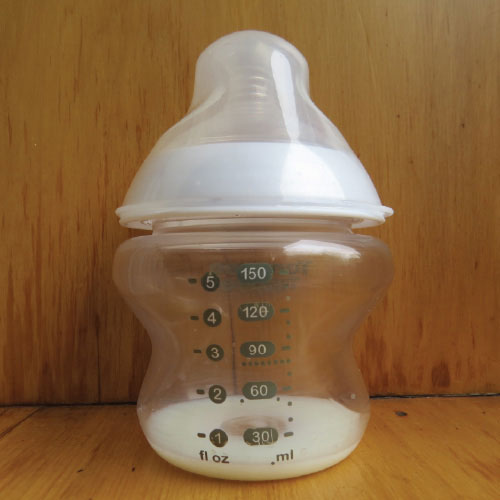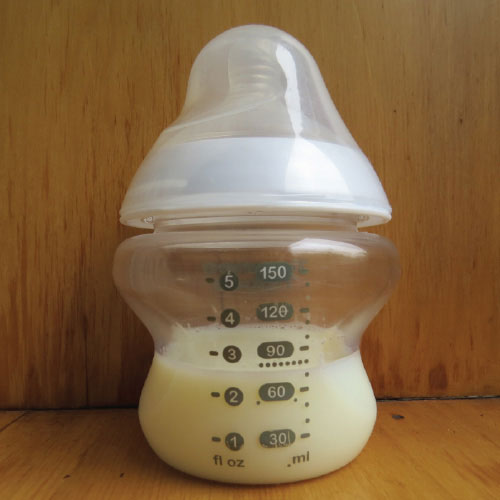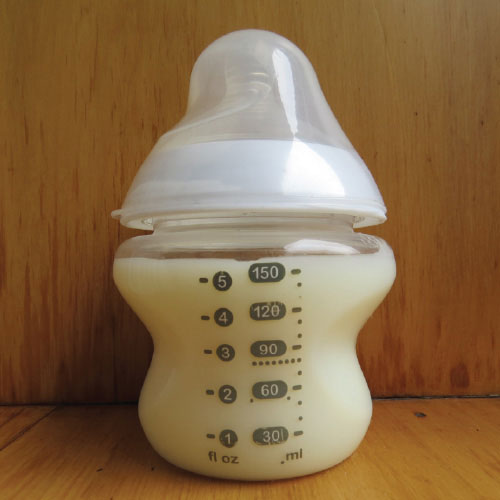Stomach capacity of newborns

One of the biggest contributors to unsettled behaviour such as pedalling legs, arching backwards, unsettled feeding and sleep, along with the diagnosis of colic and reflux, is feeding newborns beyond there physiological capacities.
Sadly, some of our current widely mistaught advice like cluster feeding is normal, and baby's have small stomachs so they need to feed often, sees a lot of our newborns being overfed. Along with this, one of the Six-Wind-Cues is being misread and taught as a 'hunger cue' which has parents feeding more, and with many of our parents not taught what to do when baby cries, feeding often becomes the solution to bring calm. But when this is offered in quick succession, or in large quantities, it sadly keeps the baby and parents on the roller coaster of unsettled behaviours.
Get the help you need
Hailed as a game changer, life-saver and a must read from parents and postnatal professionals, this self-help book truly has the answers that NATURALLY prevent and heal the symptoms of colic, reflux, silent reflux, the witching hour and lactose and dairy overload - aka Digestive Overload, the true cause of these symptoms.


- nurture your child's digestive system
- Burp your baby to comfort
- Understand their Six-Wind-Cues
- Calm baby with techniques that work


LEARN HOW TO
- nurture your child's digestive system
- Burp your baby to comfort
- Understand their Six-Wind-Cues
- Calm baby with techniques that work
By feeding our newborns alongside their stomach capacities from birth and as they grow we can avoid so many digestive issues for them while nurturing a healthy environment for brain development and growth.
How much can your baby's stomach hold at different ages?
The last one may surprise you...

Days 1 & 2 the stomach is the size of a marble and can hold 5-7 millilitres. 1

By Day 3 it is the size of a ping-pong ball and can hold 22-28 millilitres 1

Around Day 10 the stomach is the size of a large chicken egg, holding 60-81 millilitres 1

This amount, 150mls, is the capacity of a toddler’s stomach 2
Biologically from Day 10 to toddler, aged one, the amounts should be gradually increased. A newborns stomach does not stretch. Science reports it takes 4-5 hours for milk to leave a newborns stomach – their digestive process is slower than adults in the stomach. This innate human biology actually then tells us that newborns do not require 'small feeds frequently' like is widely taught. What they do require is a good amount of time between their feeds to allow the acid and enzymes to break down the nutrients in the milk appropriately.
So when it comes to feeding expressed breast milk (EBM) or formula, can I please suggest you go by the guidelines above for your baby to enable healthier digestive function and developmental sleep. Be aware that some of the amounts on formula tins are too much for a newborn. We must remember that the manufacturers want to sell formula.
As for breastfeeding, one cannot of course be so exact as each mother's supply differs as does the baby's latch. So what I am about to say is said in very general terms. The majority of newborns can take what they need within 10-15 minutes of being continually latched and with a consistent suck. So what is a consistent suck? Generally, your baby should be showing you the ratio of one suck one swallow for the first 2-4 minutes of the feed. This would then slow to two sucks one swallow, moving to four or five sucks one swallow by the end of the 10-15 minutes (you can read more about a baby's nutritive suck ratio here). Some baby's however need to be latched for 20 minutes to gain what they need but generally, feeding beyond this time overloads their digestive system creating behaviours like sporadic sleep, pedalling legs, arching backwards, bopping on and off the breast when feeding and the possible diagnosis of colic and reflux - or what I like to define as Digestive Overload the cause of these behaviours.
Feeding in accordance with stomach capacity is vital in preventing digestive issues at the newborn age. We generally help our children gauge their food intake for every other stage of life but for some reason, we often ignore this key component for healthy digestive function in newborns and infants, the one's that need it the most.
- La Leche League International Organisation website - www.llli.org/faq/colostrum.html — this is a universal statement
- Martins, (2002) Try it, you'll like it! Early dietary experiences and food acceptance patterns. The Journal of Paediatric Nutrition and Development, Vol. 98, No. 12-16, pp. 18-20



